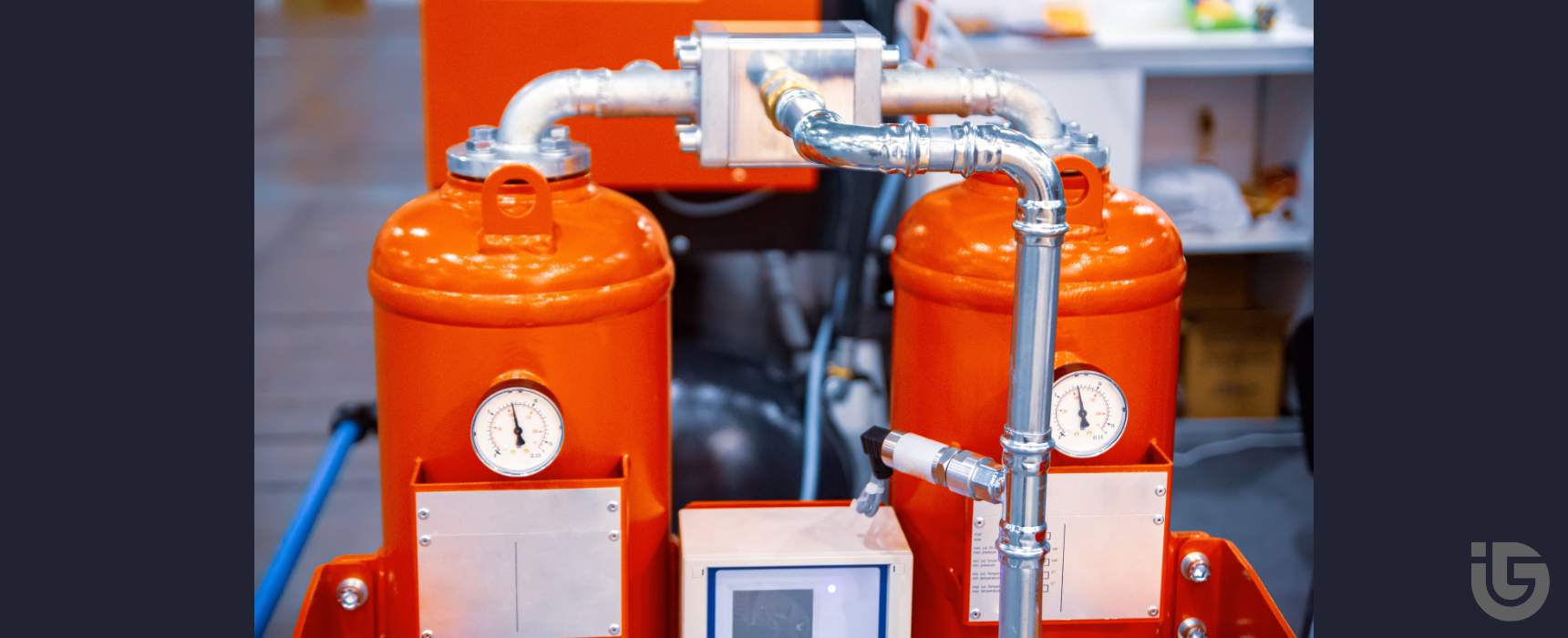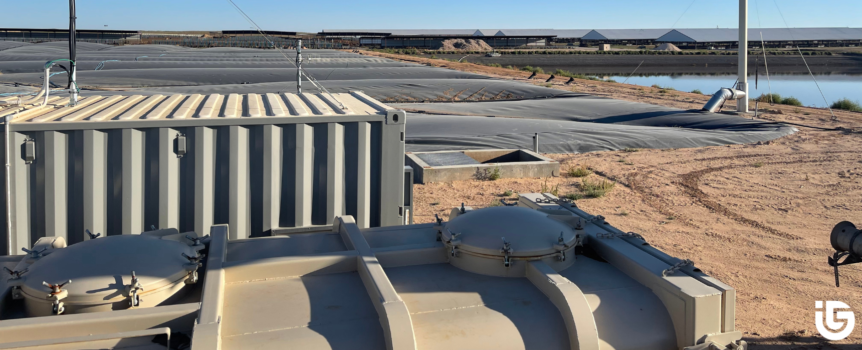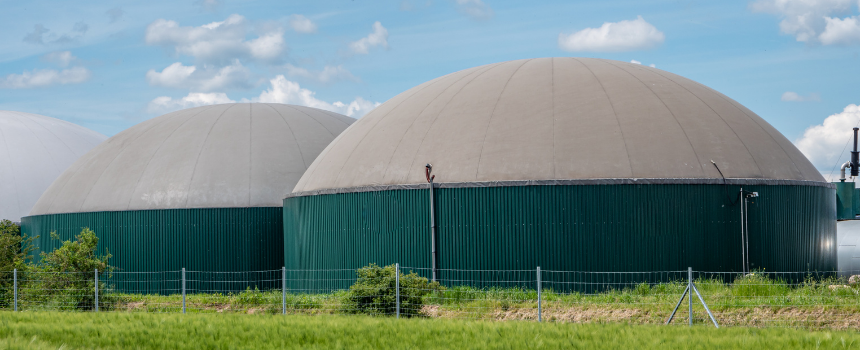 Feb 15, 2024
Feb 15, 2024
Feb 15, 2024
Ensuring the quality and efficiency of compressed air systems is paramount in manufacturing and industrial processes. Compressed air demands meticulous attention in safeguarding it from the detrimental effects of moisture. This is where compressed air drying steps in—a crucial process in eliminating moisture and humidity from compressed air lines to guarantee the delivery of dry, […]
Read More
 Jan 05, 2024
Jan 05, 2024
Jan 05, 2024
Removing hydrogen sulfide(H2S) from carbon dioxide (CO2) streams is vital in biogas production, natural gas processing, and carbon capture and storage applications. H2S is a toxic and corrosive gas. Its removal from CO2 streams is necessary to conform to pipeline injection standards and purity limits for CO2 usage. Environmental and safety factors also play a […]
Read More
 Nov 09, 2023
Nov 09, 2023
Nov 09, 2023
resources, silica gel
Silica gel is a household name commonly found in our daily lives as small packets within shoeboxes, electronics, or food packaging like vitamin bottles and beef jerky bags. These packets are also used to keep dry the rapid COVID tests you purchase at the drugstore. Silica gel is not only helpful in keeping consumer goods […]
Read More
 Oct 11, 2023
Oct 11, 2023
Oct 11, 2023
Before detailing the process of plastic fluorination, it is important to distinguish between fluorine and fluoride. Fluorine is a chemical element, the lightest halogen, and exists at standard conditions as a toxic, pale yellow diatomic gas. On the other hand, fluoride is a mineral that naturally occurs in foods and water and helps prevent tooth […]
Read More
 Mar 01, 2023
Mar 01, 2023
Mar 01, 2023
H2s Removal Landing Page
The Interra Global Vacuum Adsorption Vessel, or VAV, is a mobile bulk media vessel designed for H2S removal with FerroSorp H2S removal media. Units are portable and can be placed directly on dirt or gravel at a site. Deployment is rapid, and using a VAV is as easy as plug-and-play. VAVs are designed for gas to flow evenly through the entire bed and fully utilize the media.
Read More
 Nov 11, 2022
Nov 11, 2022
Nov 11, 2022
ferrosorp, H2s Removal Landing Page
Biogas containing H2S is problematic for pretreatment and upgrading equipment, requiring the use of high-spec materials, specialized coatings, shortened maintenance intervals, and a higher probability of premature failure. So why not take out the H2S first? With the VAV and FerroSorp, treating hydrogen sulfide at the source is easy and cost effective.
Read More
 Jul 06, 2022
Jul 06, 2022
Jul 06, 2022
H2s Removal Landing Page
The renewable natural gas (RNG) energy market is growing exponentially in the United States and Canada. As a result, numerous new dairy digesters are being built to extract methane from dairy manure and converting it into usable natural gas. This process helps capture methane from manure before it decomposes naturally and detrimentally enters the atmosphere. […]
Read More
 Feb 11, 2021
Feb 11, 2021
Feb 11, 2021
H2s Removal Landing Page
The gaseous compound, hydrogen sulfide (written as H2S), is a hazardous byproduct of many biological and industrial processes including the creation of biogas. It’s usually critical to separate the H2S gas from desirable or less hazardous gasses before they can be further refined. This is not, however, a simple matter. Fortunately, modern techniques are making […]
Read More
 Jan 20, 2021
Jan 20, 2021
Jan 20, 2021
ferrosorp
Biogas is a type of biofuel produced during the bacterial breakdown of organic matter, such as livestock manure, agricultural and industrial waste, inedible food waste, and wastewater. Although the breakdown can occur naturally, biogas is produced ideally in a controlled environment, called a digester. This digester maintains an optimal temperature and an oxygen-free environment for […]
Read More
 Jan 07, 2021
Jan 07, 2021
Jan 07, 2021
ferrosorp
It’s well known that cows produce a lot of manure – so much so that our language contains more than a few cow-waste-related phrases for use among informal company. What’s less obvious than the manure itself is the large quantity of methane that comes along with it. Methane is a highly potent contributor to the […]
Read More










